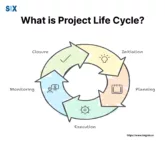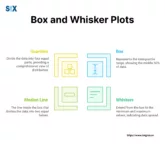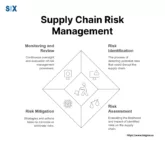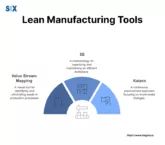Process Optimization: Revolutionizing Business Efficiency
Modern businesses face mounting pressure to deliver superior results while managing costs and resources efficiently. Process optimization stands as the cornerstone of operational excellence, enabling organizations to streamline their workflows and maximize output. The following sections will guide you through: What is Process Optimization? Process optimization refers to the systematic refinement of business operations to […]


























